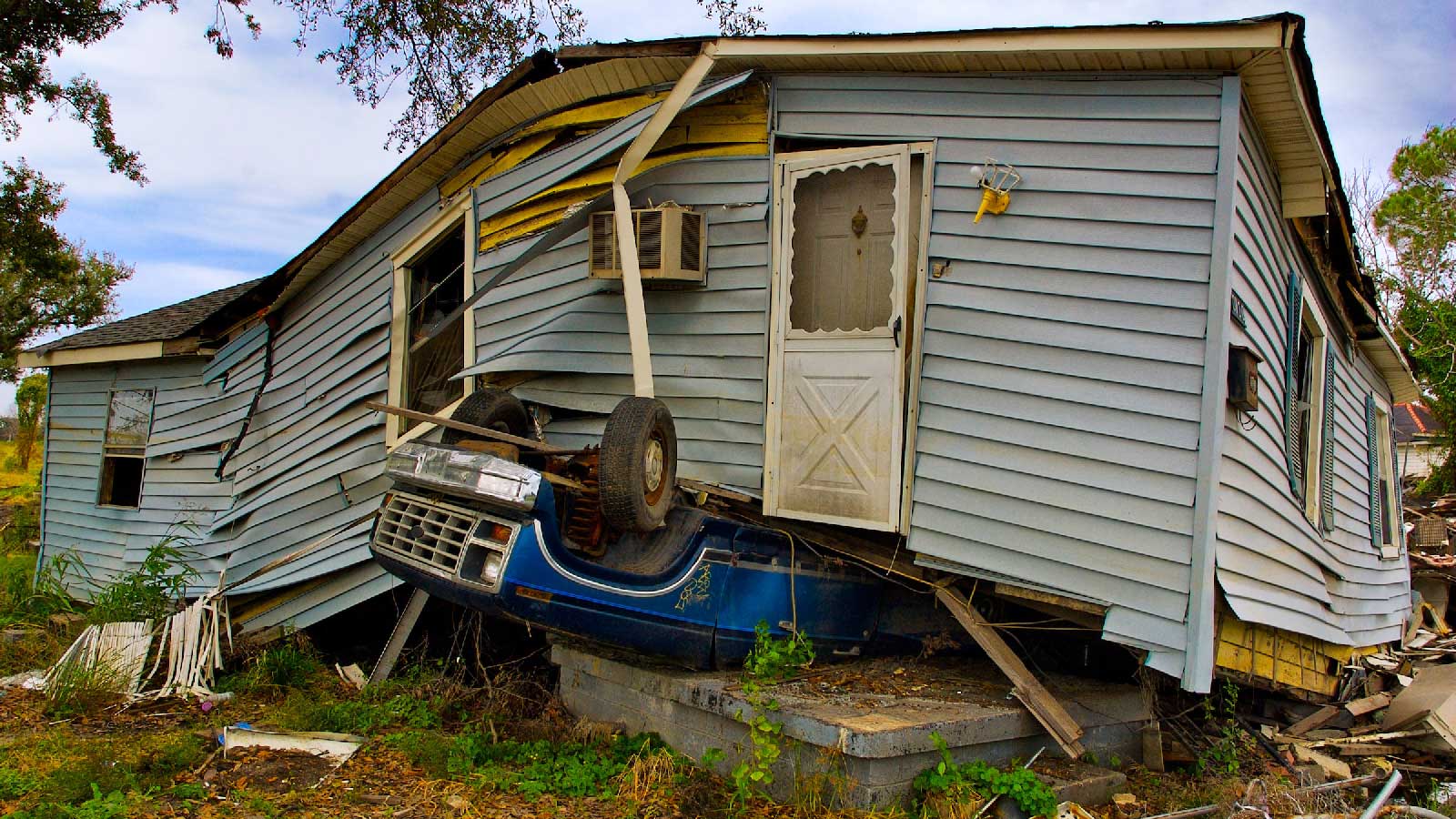Natural disasters are increasingly linked to climate change, and our awareness of them follows a now-familiar pattern. In the words of Inside Climate News Publisher David Sassoon, “A disaster strikes. The news reaches every home for a few days, perhaps a week. A debate erupts over whether climate change is to blame. Victims are profiled. There’s a tally of lives lost and property destroyed, and then the disaster is forgotten.”
We may see stories about the slow pace of recovery at anniversary points — six months later, a year, five years — but mostly our attention shifts to something more current. Our awareness is likely to be even more tenuous in slow disasters such as extended drought when no single event dominates the news in the vivid way a hurricane, heat wave, flood, or wildfire does.
But the story is quite different for those of us who are directly affected. We won’t just move on. Instead, we’ll likely be caught in what we might call a disaster’s long tail, a slow-moving series of effects both immaterial and material.
Here are some stories about life in this disaster tail.
Start with the excellent “American Climate Project” produced by Inside Climate News in 2019, written by Neela Banerjee and filmed by Anna Belle Peevey. Read the “About” note by publisher David Sassoon (source of the quotation above) and “The common language of loss.” Then take your time exploring the rest of this rich collection of interviews, essays, and explanations of the relevant science.
For more on how very personal disasters are, see these three pieces:
- “What I saved from disaster” (Francesca Fionda, The Tyee). Part of the “Bracing for Disasters” series by this British Columbia publication, this collection of stories reminds us that at least some of our belongings really matter to most of us.
- “Mourning family and climate change in the age of loss and damage” (Robbie Parks, The Daily Climate). The landscape of grief is broad, reaching from the loss of a parent to the global need for a climate reparation fund.
- “Why I’m so happy about eco-anxiety” (Jared Bilski, Gen Dread). Not the anxiety itself, but the words to use to describe — and help make sense of — the “familiar feeling of dread” that lasts long after a disaster’s immediate effects.
Post-disaster mental health problems have been well documented. These two stories offer interesting specifics:
- “A deadly wildfire traumatized their town. Can nature help them heal?” (Sarah Kaplan, The Washington Post). We might guess that nature is good for our mental health, but returning to — or near to — the scene of the disaster? In describing a particular therapy program for Camp Fire survivors, Kaplan also describes a broader context of trauma and treatment, in which (some scholars say) “as many as 40 percent of people will develop post-traumatic stress disorder after a disaster.”
- “Study: Trauma from climate disaster can change brain function” (Zack Budryk, The Hill). In some people exposed to California’s 2018 Camp Fire, researchers found, “EEG scans showed noticeable differences in brain activity and cognitive function.”
Even apparently simple material losses — the sorts of things that can in theory just be replaced — can be surprisingly difficult to deal with. For instance:
- “When floods destroy homes, hidden costs can devastate survivors” (Colleen Hagerty, New York Times). New frying pans, dinner dishes, chairs, sheets, refrigerators, cleaning supplies, clothes, medicines, cars . . . the list of things that need replacing after a flood or fire destroys everything is long and not always obvious.
- “Insurers slashed Hurricane Ian payouts far below damage estimates, documents and insiders reveal” (Brianna Sacks, Washington Post). Everybody knows how much trouble insurance paperwork can be, but in this case, things definitely went more wrong than usual — in a state where the insurance industry was already in a climate-caused crisis. “’They are ruining my life,’” one hurricane victim said.
- “A long road to recovery: rebuilding after Hurricane Florence in North Carolina” (Rachel Layko, Pulitzer Center). This story is excellent on how replacement housing can be so very complicated to find — and also on how hard residents have been working on solutions.
Finally, National Public Radio’s Ari Shapiro interviewed Jake Bittle, author of a new book about what happens when disasters lead to the scattering of populations, “The Great Displacement: Climate Change and the Next American Migration.” The episode opens with Margaret Elysia Garcia, a California fire survivor and writer who finally decided to move away; the 12-minute interview with Bittle starts about four minutes in.
Source link


